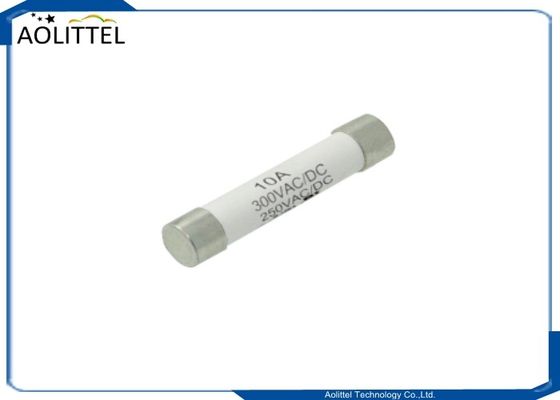SAE J1888 Color Coded Easy Identificed 29mm Slow Blow Maxi Auto Blade Fuse 40A 32V 60V Orange Plug In
Features
Slow blow. Low voltage to 32V DC
Material: Plastic body ; Zinc alloy strip metal
Circuit protection to replace fusiable wire or fusible link
Fuses are color-coded for easy amperage Identification

Description
AOLITTEL fuses are compliant with ISO 8820-3 Standard (Type AB29). This is the most applied standard to protect medium-heavy wires. Its slow blow operating characteristics allow high peak inrush currents with heavy duty cycle.
Aolittel are made of Zinc alloy whose low melting temperature avoids heavy over temperatures.
Part Numbering
| Part Number |
Ampere(A) |
VoltageVDC |
Body Color |
| AB29020 |
20A |
32V |
Yellow |
| AB29030 |
30A |
32V |
Green |
| AB29040 |
40A |
32V |
Orange |
| AB29050 |
50A |
32V |
Red |
| AB29060 |
60A |
32V |
Blue |
| AB29070 |
70A |
32V |
Tan |
| AB29080 |
80A |
32V |
Natural |
| AB29100 |
100A |
32V |
Violet |
| AB29120 |
120A |
32V |
Purple |
Structure Size

| Slow Blow.Low Voltage For UP To 32V DC. |
| Material |
* Body: Plastic.
* Metal: Zinc Alloy Strip. |
| Standard |
According To SAE J1888. |
| Circuit Protection To Replace Fusible Wire Or Fusible Link. |
| Fuses Are Color-Coded For Easy Amperage Identification. |
Specifications Opening Time / Pre-arcing Time
| In |
1.1In |
1.35In |
2.0In |
3.5In |
6.0In |
| 20-120A |
>100Hours |
Min. |
Max. |
Min. |
Max. |
Min. |
Max. |
Min. |
Max. |
| 60 s |
3600 s |
2 s |
60 s |
0.2 s |
7 s |
0.04 s |
0.1 s |
Time-Current Characteristic Curves

Photos

Automotive Fuses
Automotive fuses differ in their application from other types due to their exposure to vibrations, ambient temperature and other factors, as well as in terms of precision and reliability. In other words, they are required to operate under much more demanding conditions. In addition, their size and weight are also important elements.
Special Requirements for Automotive Fuses
(1) Vibrations
Automobiles are exposed to vibrations under a wide range of conditions including when driving continuously on highways, when driving on poor or cobbled roads, or when idling. Automotive fuses must be able to withstand a vibration acceleration of 44.1m/s2 for automobiles and 196m/s2 for motorcycles, and guarantee performance even when exposed to sympathetic vibration from frequency changes.
(2) Ambient Temperature
Automobiles are expected to deliver problem-free driving performance both in the scorching heat of desert environments and in areas subjected to extreme cold. Moreover, because fuses are installed in the engine compartment and the passenger compartment, they are required to function within a broad temperature range of -40-120°C.
(3) Precision
Automobiles vary widely in weight depending on their fuel efficiency, and they tend to utilize extremely compact electric wiring to achieve a corresponding reduction in weight. For this reason, the actual current used in automotive electrical wiring is close to the allowable current capacity, and the time-current characteristics of fuses must be managed within this narrow range.
(4) Reliability
When a fuse malfunctions during driving, it immediately impairs the vehicle’s ability to drive. If this occurs while driving on a highway or in similar circumstances, it can lead to serious accidents. In today’s world, where vehicles have an average service life that exceeds over 10 years, fuses are required to deliver durability in the form of sustained functionality amid various changes in environment.
(5) Size and Weight
If we look at automobiles in the context of the CO2 emission regulations specified in the Kyoto Protocol, we learn that the CO2 emissions generated while driving are substantially higher than the ones generated when producing the parts, materials and vehicle itself or when disposing of a vehicle. Accordingly, vehicle weight reduction is an important factor for the automotive sector, and fuses are also expected to be compact and lightweight while at the same time guaranteeing performance.

 Your message must be between 20-3,000 characters!
Your message must be between 20-3,000 characters! Please check your E-mail!
Please check your E-mail!  Your message must be between 20-3,000 characters!
Your message must be between 20-3,000 characters! Please check your E-mail!
Please check your E-mail! 














